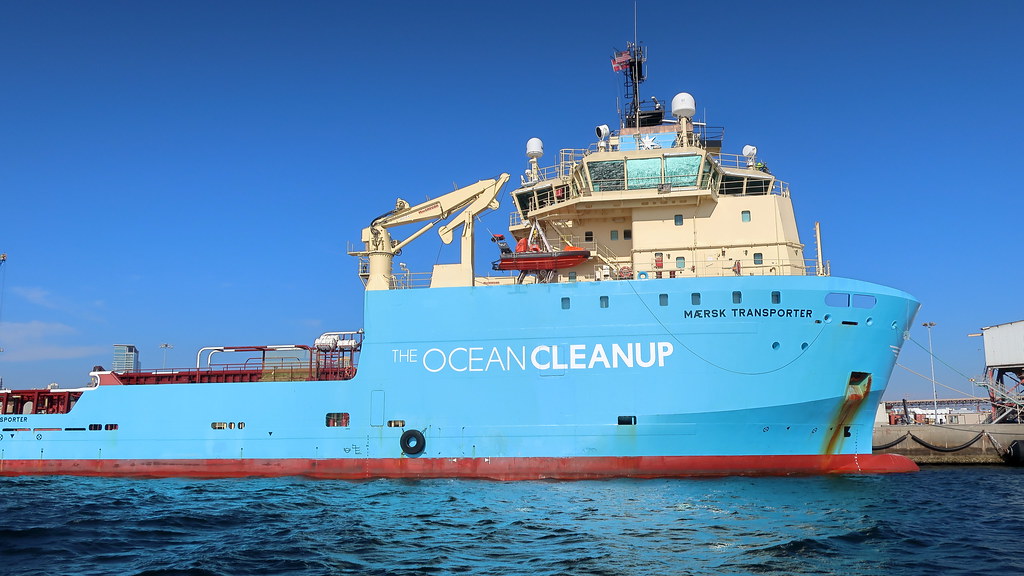The Mediterranean Sea is a beautiful water body located in the heart of the Mediterranean basin and is virtually completely surrounded by land mass. This sea plays a vital role in not only the environmental and geographical aspect of the Mediterranean however also the economical. Tourists travel from all across the globe to visit the stunning environment that the Mediterranean basin has to offer. In 2019 the Mediterranean saw roughly 304 million arrivals from countries outside of the Mediterranean basin. With tourism rates this high there are bound to be multiple negative environmental impacts in the region.
I grew up on a small island roughly 120 miles east from the coast of Barcelona – in the heart of the Mediterranean sea, where tourism accounts for more than 75% of the total economic output. I was truly able to witness first hand the damages we as a human species do to this planet for the benefit of an economy.
This beautiful island naturally became a tourist hotspot for many people in European countries. As they can get on a 2hr plane ride, live in paradise for a week or two, and then return to their home country with no regard for their ecological footprint.
As a resident of the island and a lover of the sea I took it as my responsibility to volunteer for multiple beach clean ups. During these beach clean ups it would be a team of as many people as we could gather, and we would work in groups of 5-6 zoning off specific areas of the beach where different teams would work at collecting all types of plastic. The plastic was then given to another group which would audit what different types of plastic were collected and categorized into groups for proper recycling.

When I participated in these clean ups, I noticed that the most common pollutant I would see were plastic cigarette butts. These butts may be tiny and go unnoticed in the sand however they contain hundreds of toxic chemicals and are primarily made of cellulose acetate, a man-made plastic material. The cellulose acetate acts as a filter for nicotine, multiple heavy metals such as but not exclusively, lead, mercury and nickel and many toxins, including formaldehyde, hydrogen cyanide and ammonia. So when a person smokes a cigarette they are trapping these toxins in the filter and then throwing them to sit there and leach into the sand or water, causing detrimental damage to the environment and animal populations.
Finding out these impacts that the cigarette tips had on the ecosystem I questioned why there were so many of them and why so many ended up on our beaches and in our water rather than in the garbage. From a National Geographic study an estimated third of all cigarettes make it to the trash, that means 2 out of 3 cigarettes get flicked away. I then found that on a global scale an estimated 1.69 billion pounds of cigarette filters wound up as toxic waste in our environment. To put this into comparison I calculated how many lbs of plastic straws were thrown away in a year and it is astonishing how much greater the amount of cigarette butt waste is. A rough 160 million lbs of plastic straws are thrown away each year this does not even contribute ⅕ of the amount of cigarette waste in a year. So why are we constantly told to avoid plastic straws but no action has been taken to reduce the amount of cigarette waste? I believe that there are bigger elements at work here, greenwashing the population for their own companies’ financial benefit.







